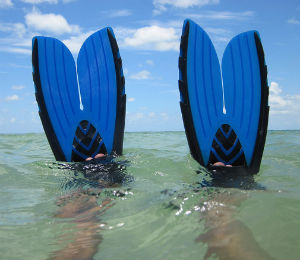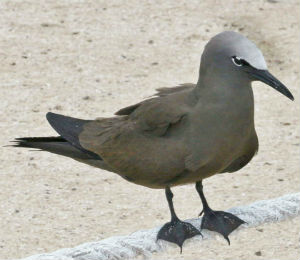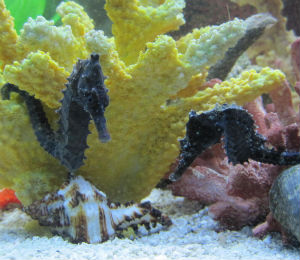For fans of snorkeling Key West can be one of the most fun places in the world to visit. I is also be one of the most educational activities any visitor to the island can choose to participate in. There are an abundance of different species of sea life available to admire, as well as different underwater environments to explore, including beautiful coral reefs. One decision facing snorkelers is what fins to wear. While finding fins that fit well is an obvious piece of advice, the decision is more complicated than that. There are actually many different types of fins.
The most popular type of snorkeling fins are the regular paddle fins. These can be either closed foot or open foot. The difference between the two is that a closed foot fin doesn't require any other foot covering, as it basically functions as a shoe. This can be convenient to divers who don't want to have to carry unnecessary equipment. The downside to this type of fin is that it can be damaged when walking on land, and therefore the swimmer needs to carry a change of shoe or simply go without.
Open foot fins instead only fully cover the front of the foot, with a strap that goes behind the heel holding them on. This means that a pair of insulated diving shoes can be worn underneath the fins. The advantage to this is not only the additional warmth and protection the shoes provide, but also that the fins can be easily taken off without leaving the swimmer barefoot. However, they are usually more expensive than the closed foot variety and can also weigh more. For snorkelers or divers who need their luggage to stay under a certain weight allowance when traveling, this is a real consideration. Open foot fins designed for bare feet exist as well and are becoming more popular.
A less seen type of fin is the split fin. This style, as its name implies, splits down the middle of the front paddle portion into two "toes." For long swims split fins allow the swimmer to conserve more energy, and once they get momentum going swimmers can also go faster. However, for snorkeling trips where the main objective is to stop frequently and gaze at underwater sights and exotic fish, these advantages may not apply.
Yet another type of fin is the smaller, shorter travel fin. This is a regular paddle fin, but is much shorter and lighter. While this makes it easier to travel with, it does not provide many of the advantages of either the normal paddle fin or the split fin. Swimmers have to expend more of their own energy to swim and cannot get as much speed and momentum going as with either of the longer types. However, for very short swims or for snorkelers who prefer to pack very light, they are a viable option.
Which type of fin a snorkeler prefers really depends on where and how often they plan to go out swimming. Short sightseeing trips may be better swum with a closed foot paddle fin. A longer deep ocean swim may instead call for a open foot split fin. Travel fins may work well during a backpacking trip to a shallow reef area where a great deal of swimming won't be required. All of these fins have their benefits and drawbacks, and only the snorkelers themselves can decide which suit them best.




